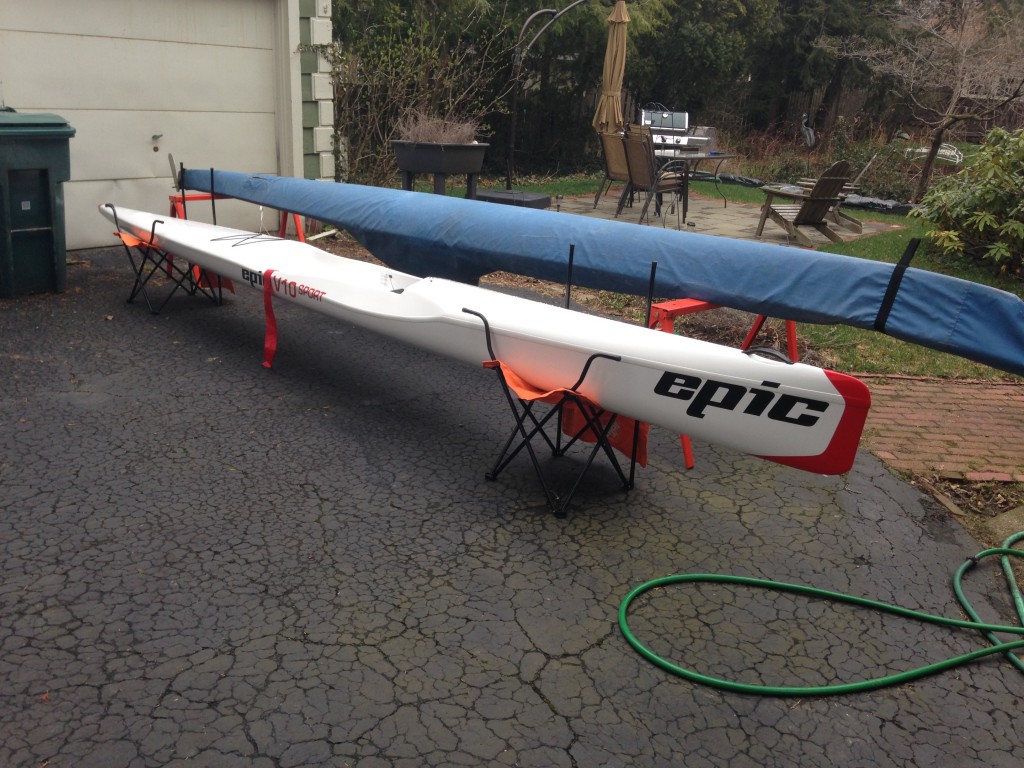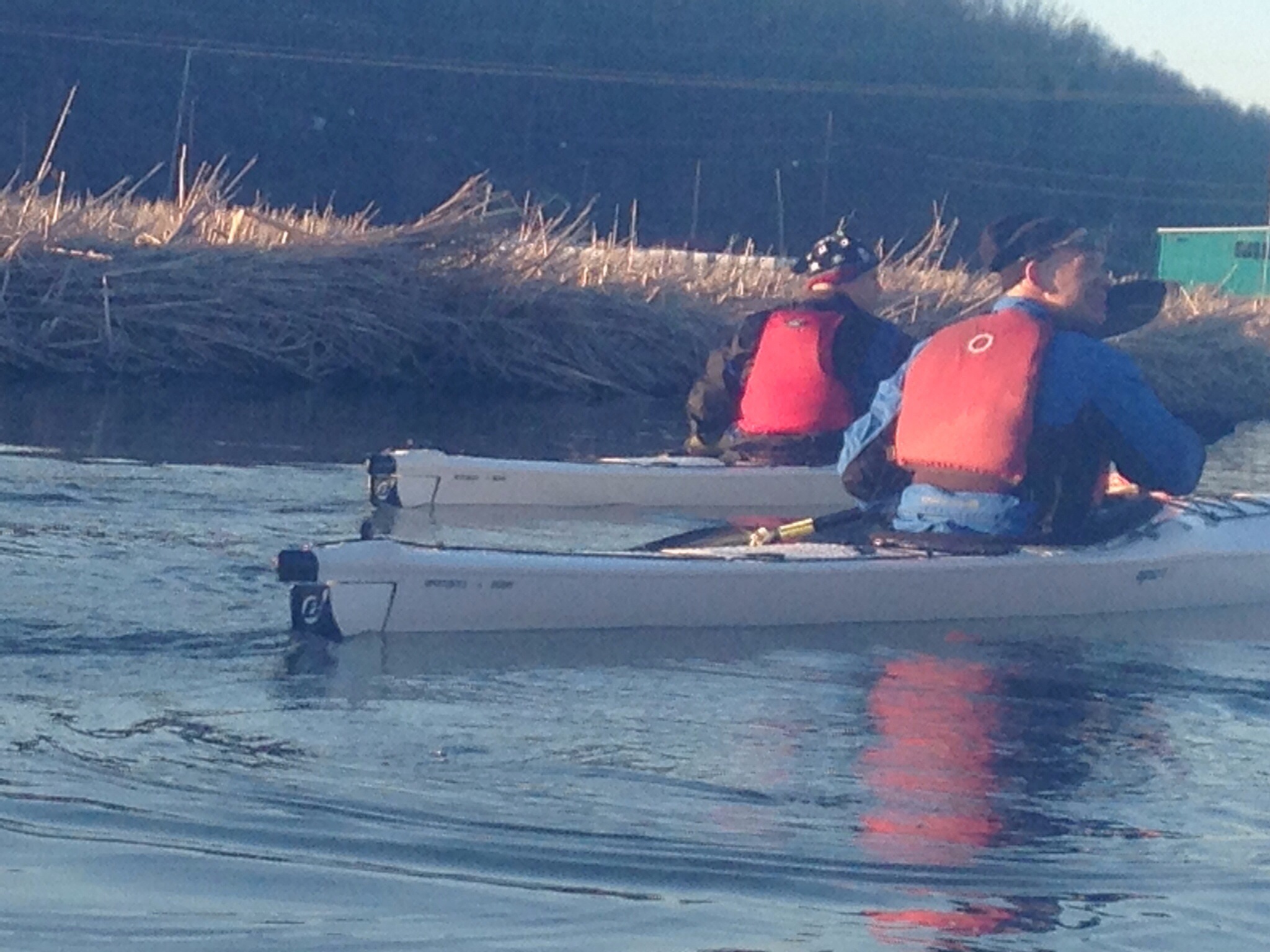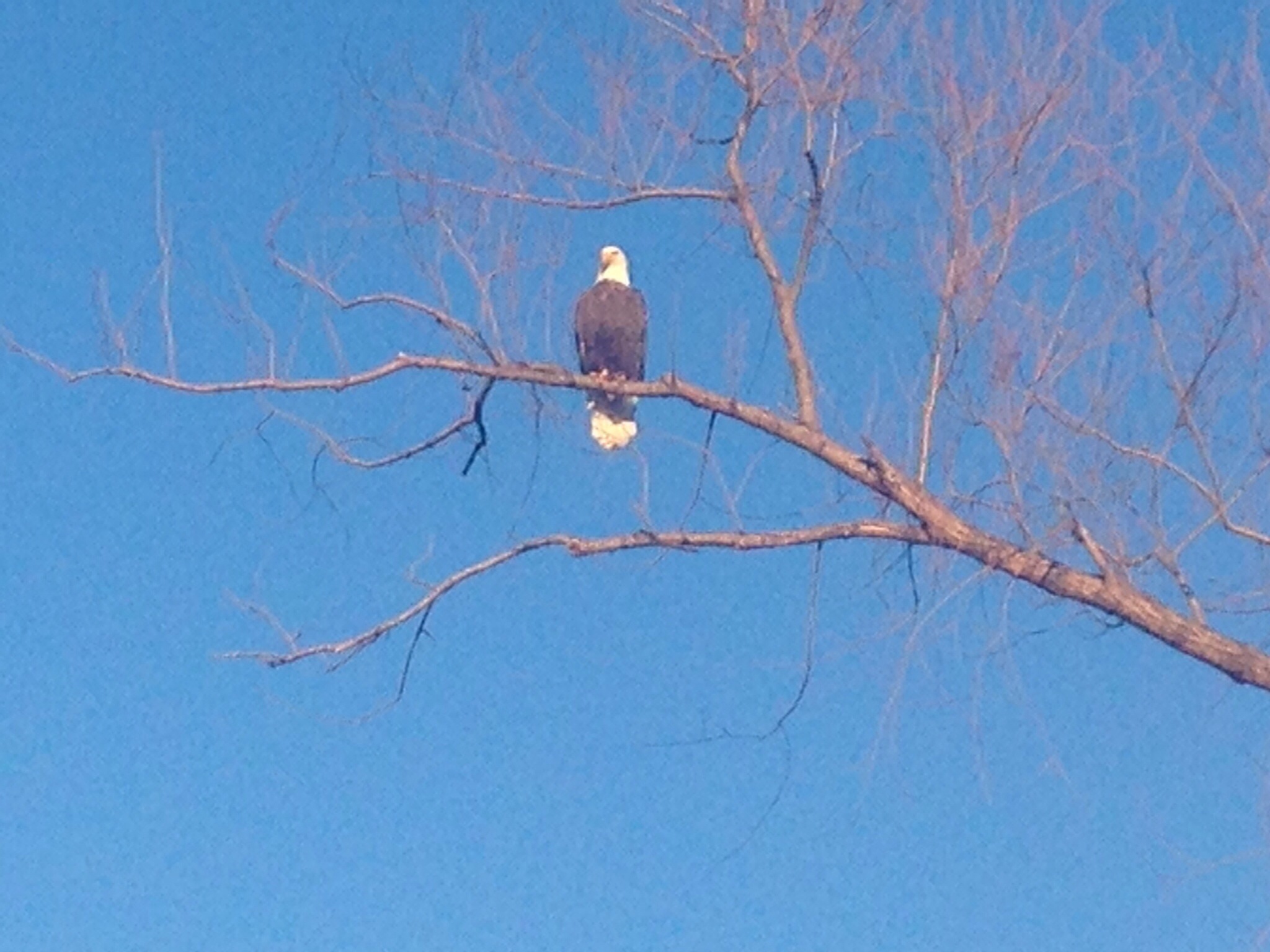So for the first time since I bought my Valley Skerray RMX in 2004, I bought a brand new boat. It’s an Epic V10 Sport Ultra. Now hang on, I can hear you say, don’t you already have a V10 Sport? Yes, I do. But it’s very old. It’s been a Baycreek demo boat, then it was sold to Dennis Mike, then he traded it back in because the seating was too uncomfortable, and then I bought it. It may have had other owners along the way. It was old, it leaked a bit, and it was “Club” layout (aka “blue stripe”), which is Epic code-word for “extremely heavy”. And because it’s so old, it has a huge bucket (that’s the seat for those of you not into surf ski terminology). Oscar Chalupski, surf ski legend and co-founder of Epic, is infamous for having “fat phases” and “skinny phases”, and it’s often joked that this one was designed when he was in a “fat phase”.
This one is brand new, off the boat. I’m the first person to paddle it. And it’s so much better than my old one. For the first thing, it’s “Ultra” (aka “red stripe”) so it’s light – at least 10 pounds lighter than than my old V10 Sport and a few pounds lighter than my Thunderbolt. It also has a narrower and more comfortable bucket. And it’s just crammed full with nifty little new features.
The first and foremost feature in my mind is the new scupper drain (aka “bailer”). The old V10 Sport had an open venturi – when you started off, or any time you slowed down, the footwell of the cockpit of the boat filled with water. At the start, it always filled up just enough that your first paddle strokes would slop cold water out of the footwell into your crotch. Sometimes I’d cover the venturi hole with tape, leaving a big loop, and that way if I needed to drain the cockpit I’d pull the tape loop, but from then on, you were paddling with water up to your ankles. There would often be a bit of internal debate on the matter of pulling the tape, because you didn’t want to do it too early. The new boat has an adjustable scupper drain – you can close it up, open it wide open, or any position in between, and adjust it as you go to meet the needs of right this second.
Other nifty features include nice deep cuts along the side of the cockpit to enable you to get your paddle in closer to the side of the boat for a more efficient stroke, a notch in the foot board to let you route your drink tube through it, a tie down spot in the cockpit for attaching your leash, and grab handles on the front and back.
Another feature I didn’t see advertised was a little tie down right near the stern of the boat. I wondered about that for a second, and then realized it’s there so you can attach a GoPro or other camera and have a safety line on it in case your suction cup pops off. That could be a real money saver, and shows a nice bit of thoughtfulness.
One of the strange features showed up when I first brought it home and wanted to put the rudder in. Unlike my old boat, newer Epics have a pin that goes through a hole in the rudder shaft so that the rudder doesn’t fall out of the boat and get lost at sea if the bolts holding it loosen off. But I couldn’t find the pin, or the hex wrench for the rudder. I had to call the shop, and Ken enlightened me – one of the two Epic logos on the rudder cover/flag is actually a velcro pocket. Even with him telling me that, it was hard to figure out – it’s just that well hidden.
But the proof, as they say, is in the paddlin’, and today I finally got a chance to paddle it. It’s too cold to go out on the lake, which is where this boat will really shine, but I took it for a nice long paddle on the canal.
[dciframe]http://connect.garmin.com:80/activity/embed/488420496,465px,548px,0,auto,border:1px solid blue;align:left;[/dciframe]
It wasn’t a perfect day – it was cold, it was overcast, there was a bit of wind, but it was good enough. And I have to say, I love this boat. It feels so much faster than the old one, if only because of the lightness. A couple of times I got water in the foot well, either through paddle splash or maybe the scupper drain doesn’t seal completely, and I could just open it half way, put in a couple of strong stokes, and close it, and my heels would be in the dry again. Nice!
Objectively it’s probably just as fast if not faster than the Thunderbolt, which means the Thunderbolt is only going to get used for places where I’m worried I’d scrape the boat on the rocks, like next month’s Round The Mountain race, or when it’s too cold to have water spray landing on your legs with every stroke. I’m keeping the old V10 Sport – it’s so old and beat up it’s probably not worth anything to sell, and the weight and the fact that I don’t give a shit about keeping it pristine means it’s probably more suited for rougher conditions than I’d use the new one for.
After paddling, I brought it home, washed it down, and applied some UV protectant. Ever since getting the Thunderbolt, which came with a bag, I’ve liked to keep my boats in bags to protect against UV while sitting around, and against stone chips while driving with them on the roof rack. But I’ve been warned that Epic changed the design of their bags and they now suck, so I’m currently researching my options. One popular option is “The Bag Lady”. Another is TC Surfski, the same people I bought my latest round of Vaikobi clothing – they sell Epic and Stellar boats, and they sell factory covers for the Stellar boats. If anybody could tell me if the Stellar covers would fit an Epic boat, it would be them, but I have my doubts – the Stellar “stable” surf ski is only 19’2″ and their faster boats are 21’6″ while the V10 Sport is 20’0″.



